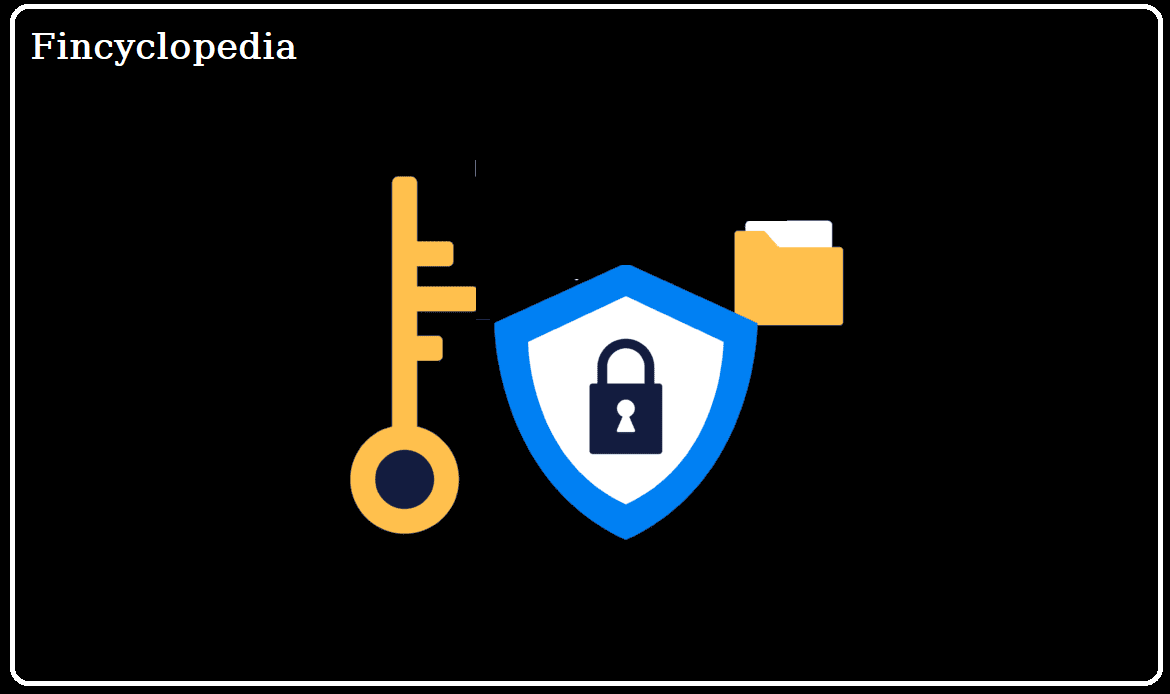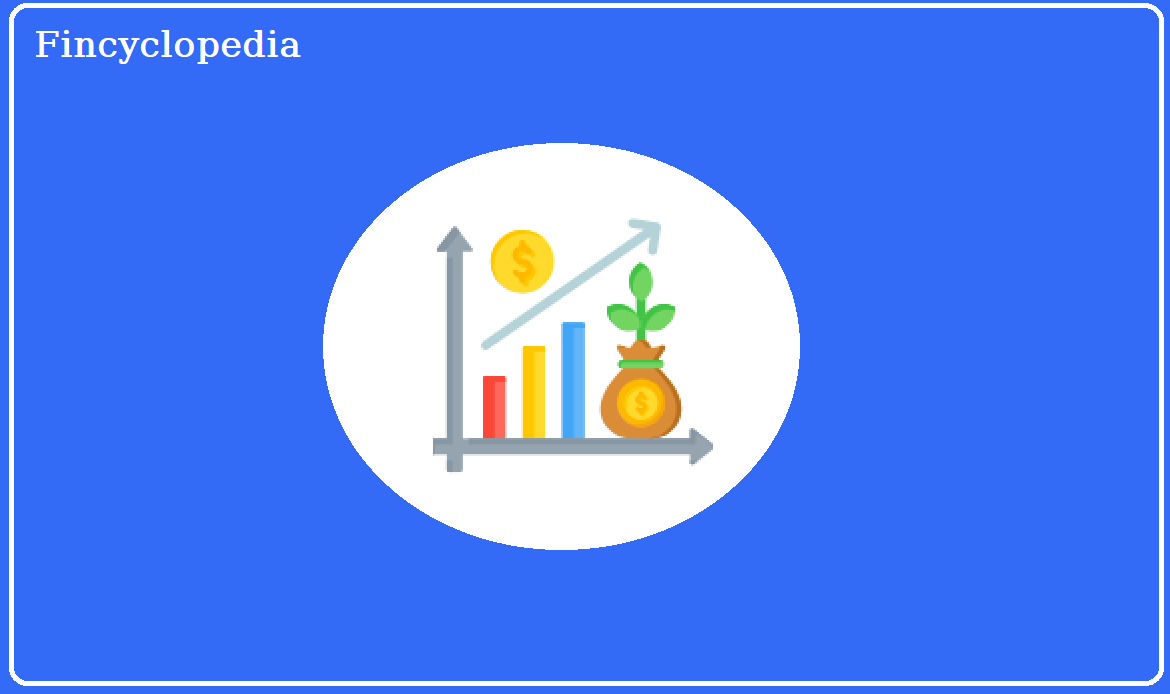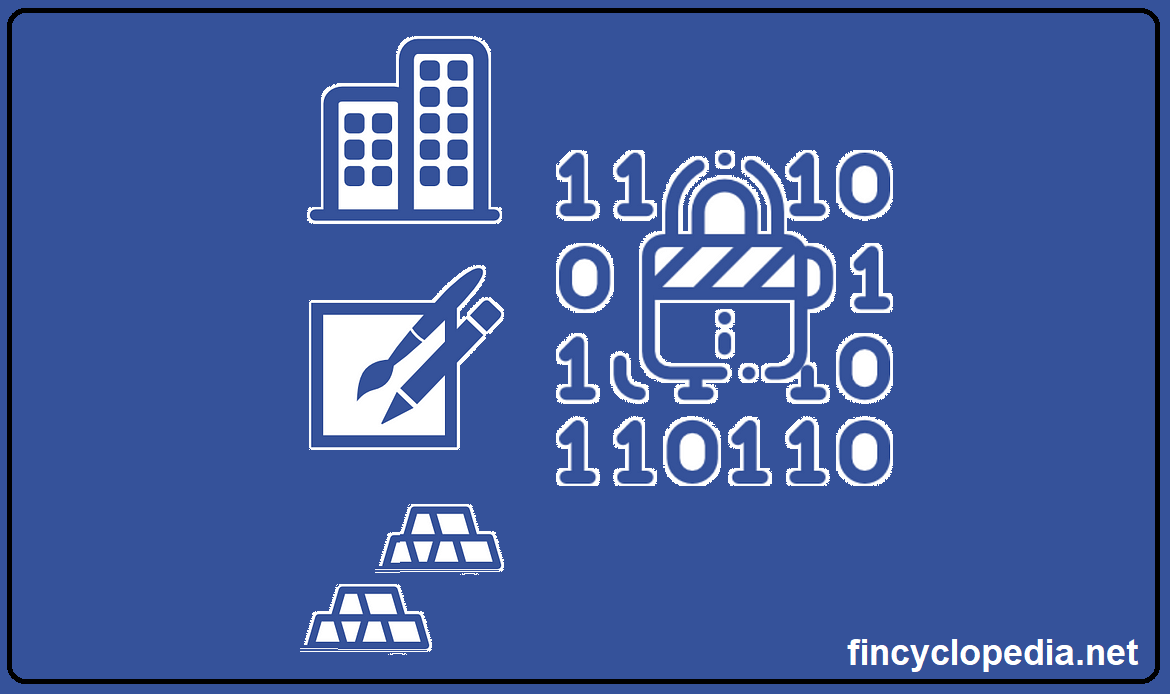
Concept
A tokenized debt is a form of debt that is issued as digital tokens on a network (blockchain). The underlying debt may represent standardized units of debt (debt securities) or non-standardized arrangements (loans, mortgages, etc.) Debt tokenization refers to the process of representing debt instruments, such as bonds or loans, as digital tokens on a network. The creation of digital representation (on-chain presence) allows for fractional ownership, better tradability/ transferability, and enhanced liquidity against off-chain debt instruments. By converting debt into tokens, the public can buy and sell chunks of the debt, bypassing the services of intermediaries (financial institutions). Each token represents a holding in the underlying debt obligation, that trades on-chain, virtually without the traditional barriers or limitations for trading. Debt tokenization can facilitate the issuance process with smart contracts, streamlining certain functions such as payment on schedule and reducing issuance and trading costs. All transactions are recorded on the network ledger, enhancing security and record keeping. Tokenized debt usually comes in the form of a tokenized debt security– a type of digital twin token (DTT) that represents an underlying debt security or financial instruments issued on a different platform (such as a traditional CSD or registrar), where such representation itself meetings the applicable definition of a security/ financial instrument under relevant laws. It is a digital version of debts (such as loans or bonds) represented as tokens on a blockchain. Underlying debt may also include structured products that have an element of debt (for more, see: tokenized structured products).
Benefits
In all its forms, tokenized debt is perceived to be a breakthrough innovation in the financial landscape, whereby traditional debts are transformed to a digital format. The process completely changes how debt is issued, managed, and traded. Capitalizing on blockchain technology, the debt instruments provide a host of benefits including enhanced liquidity, cost-effectiveness, and improved transparency, making debt instruments more tradable in the market and more attractive to a broader range of investors. Tokenized debt instruments digitize traditional financial products using blockchain technology, which also enhances efficiency and security. To that end, these instruments utilize smart contracts for automated processes. Furthermore, fractional ownership of tokenized debt (fractionalization) lowers investment barriers, making markets widely accessible to different types of investors. Fractionalization means simpler representations, making tokenized debt immediately available to market participants, irrespective of size.
In addition to the above, tokenized debt carries other certain benefits:
- Universality: the ability to trade underlying debt by means of standard representations across different countries, worldwide.
- Huge potential: given the size of the debt market, the potential for debt tokenization seems to be unlimited, even exceeding the size of the global stock markets. This potential can be translated into enhanced market liquidity and debt tradability. This includes OTC trading that suits most of debt vehicles in the world. Debt-based security tokens can provide a streamlined, digital footprint of the transactions.
- Composability: debt is easily composable in terms of the ability to create a series of tokenized real assets into crypto securities. For example, real estate leases can be put into a crypto security representing a collateralized debt obligation (CDO). Debt structures utilizing on-chain representation of debt/ debt instruments also helps to bring more transparency as to the structure, tokenized debt holders, risk-return profile, etc.
- Releasing potential liquidity locked in certain types of assets: converting the nature of an asset class into a debt-like tradable security token can release the potential, untapped liquidity as to certain types of derivative instruments (e.g., futures).







